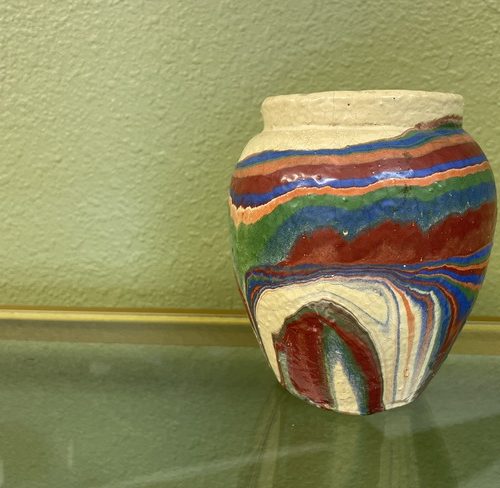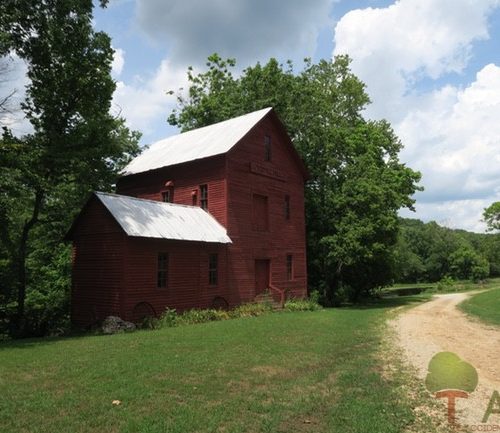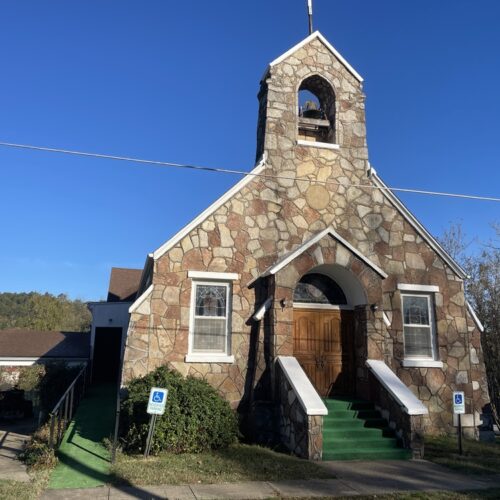If you live in the Ozarks, you have seen railroad coal cars, headed to the east when full and to the west when empty. I’ve traveled past the sign for Big Brutus, on Highway 7, near West Mineral, in Kansas for several years, and always thought, “Someday, we’re going to check this thing out.” That someday came.
Big Brutus – it sounds like the name of a cartoon character from the ’50s – is the nickname given to the Bucyrus-Erie model 1850-B electric shovel, the second largest of its kind in the world back in the 1960s and ‘70s. Used in coal strip mining at this location in southeast Kansas, it stands 16 stories high and weighed 11 million pounds in its heyday, before being “stripped” of its internal parts such as electrics.
It cost the Pittsburg & Midway Coal Mining Company $6.5 million to purchase Big Brutus from the Bucyrus-Erie Company, based in Milwaukee, in 1962. It took 150 railroad cars transported the pieces to the site, and almost a year to assemble. Christened in 1963, the huge 90-cubic-yard shovel could pick up 150 tons per scoop. Its purpose was to remove the overburden so that 2 draglines and smaller shovels could then remove 2 seams of coal found onsite.
This site provided coal to 7 electric companies. After a decade, it had done its job too well, and with a depletion of coal here, Big Brutus was stripped of its electrical and auxiliary equipment and left for the rust pile.
Enter local interest and the formation of a non-profit corporation, along with a $100,000 donation from The P&M Coal Company, plus a free title to Big Brutus and 16 surrounding acres. Big Brutus became a fixture in a museum and memorial dedicated on July 13, 1985, to Kansas’ coal mining history.
Last year, it was placed on the National Register of Historic Places.
Here’s some more of this interesting story in American energy history and technology.
Big Brutus
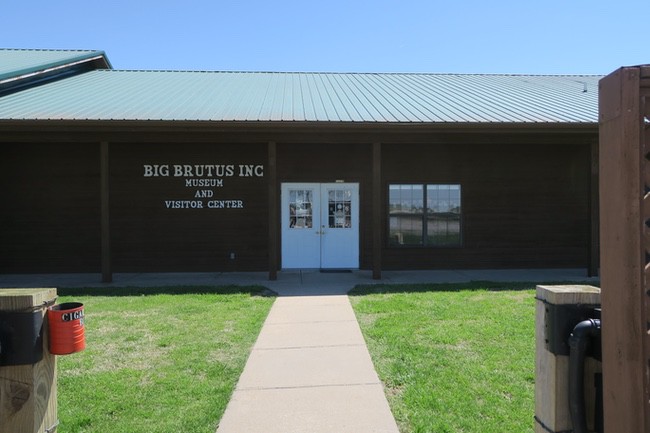
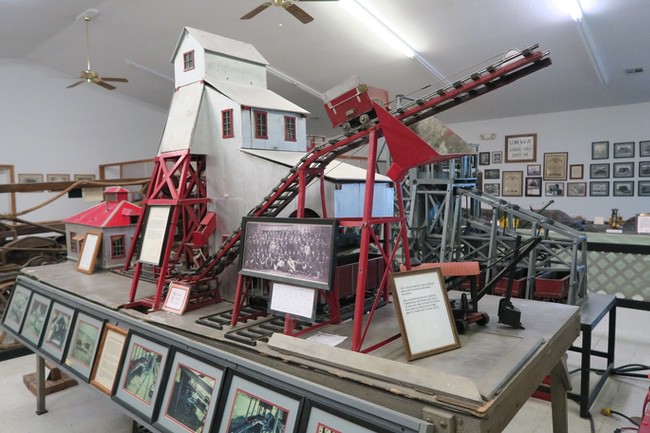
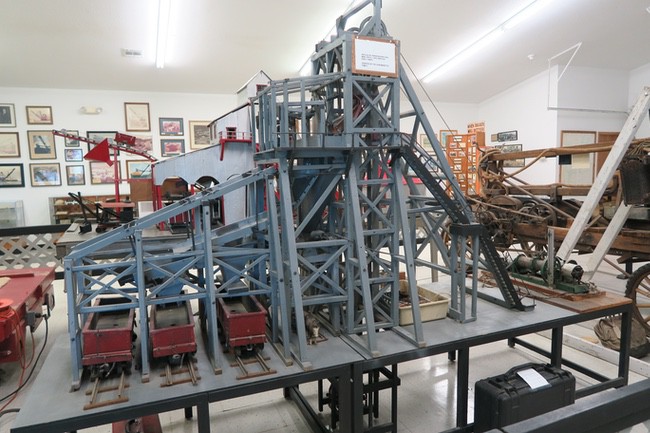
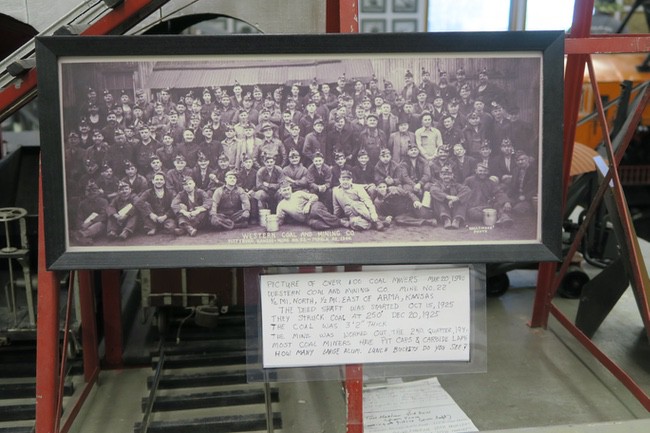
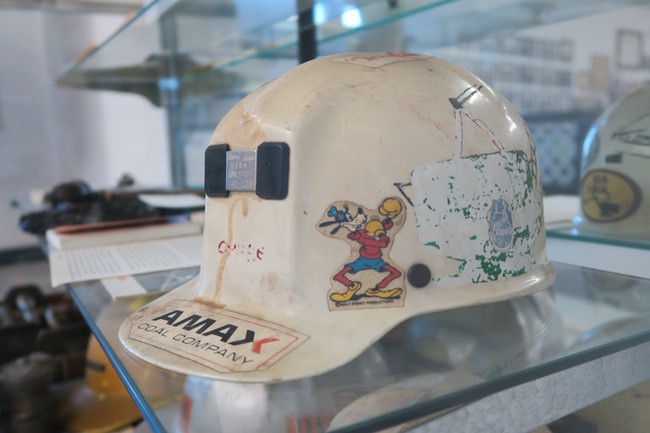
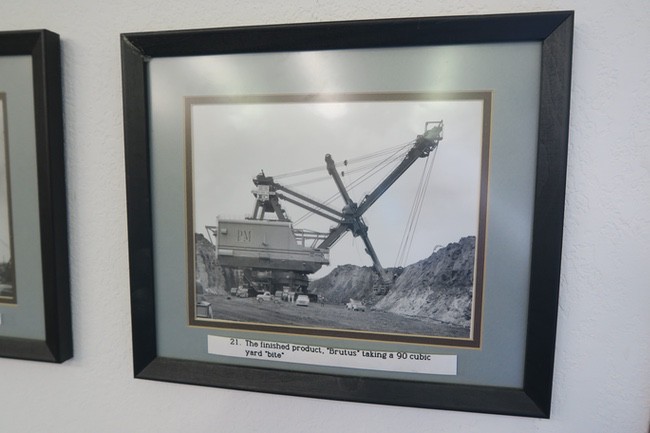
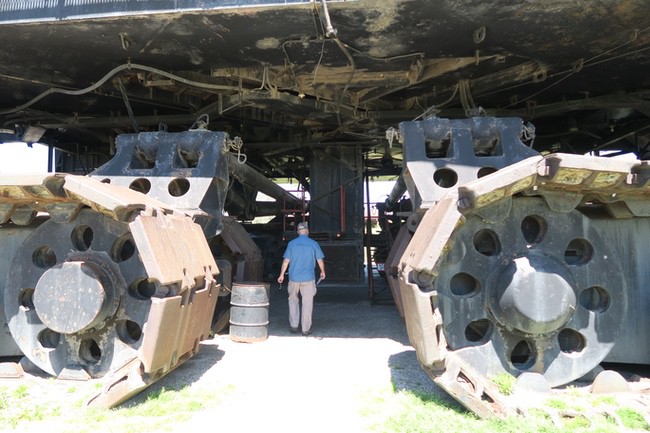
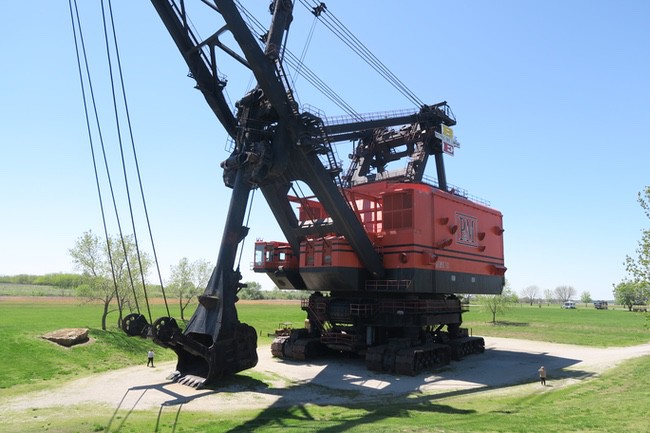
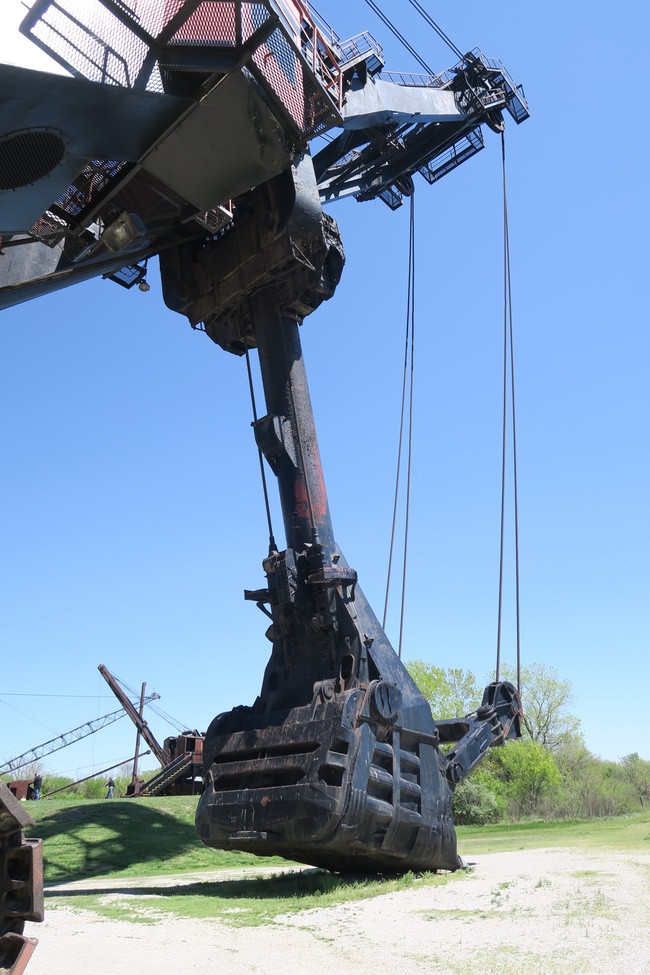
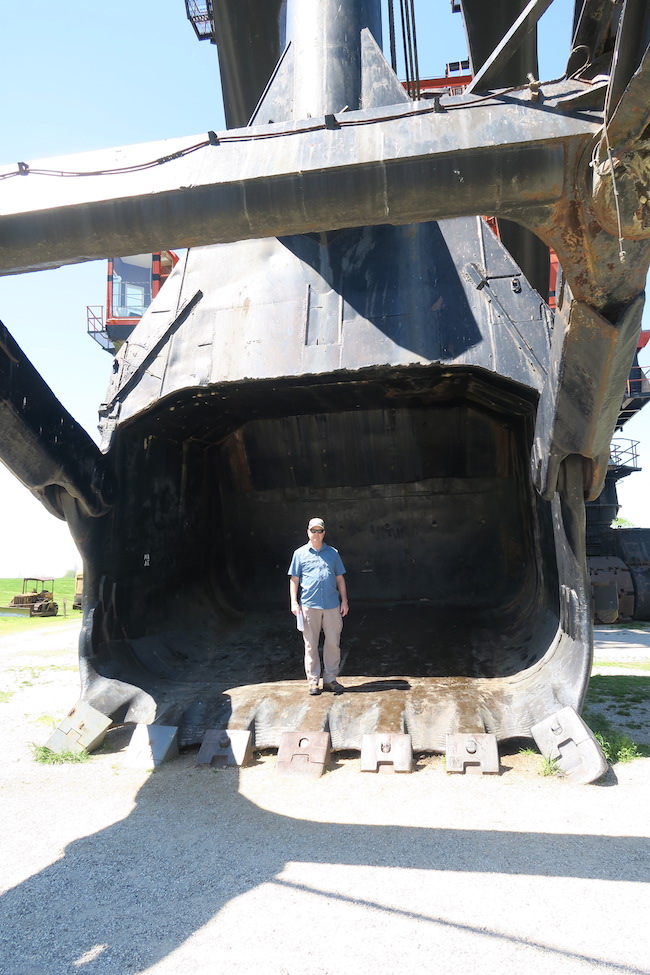
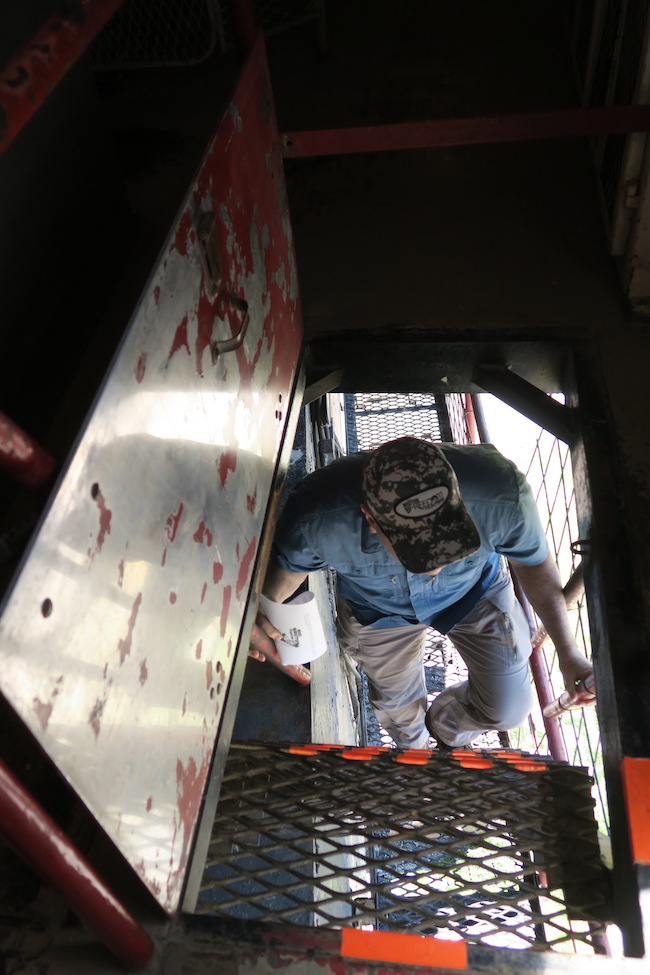
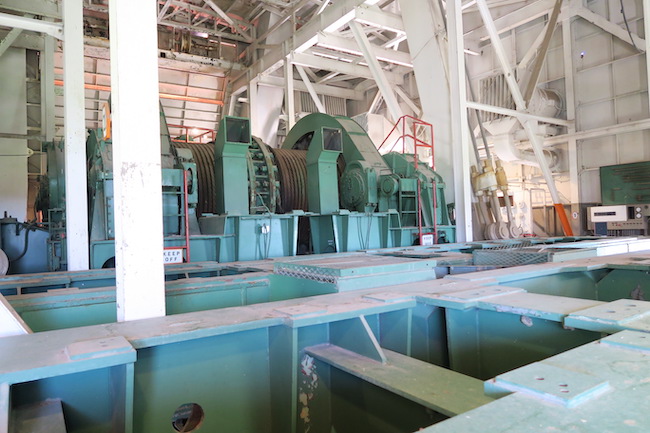
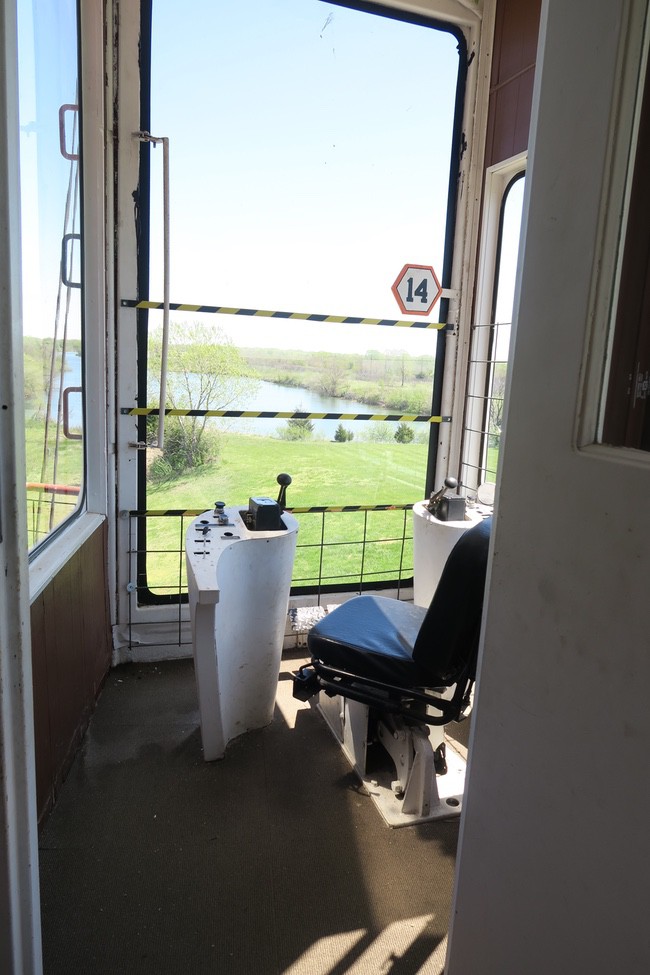
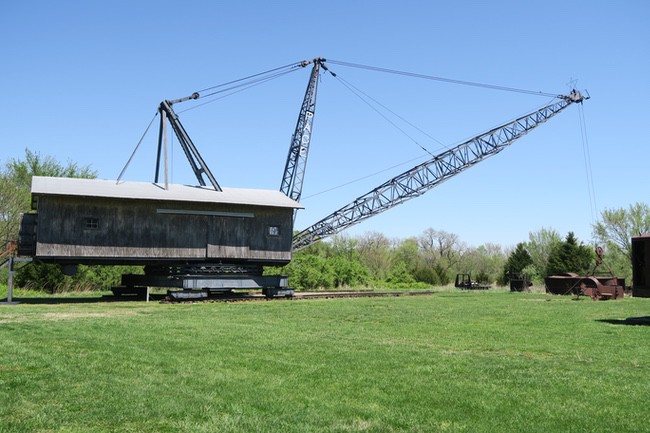
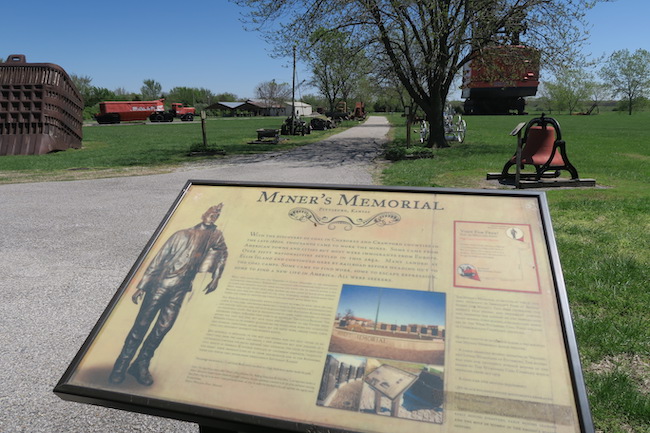
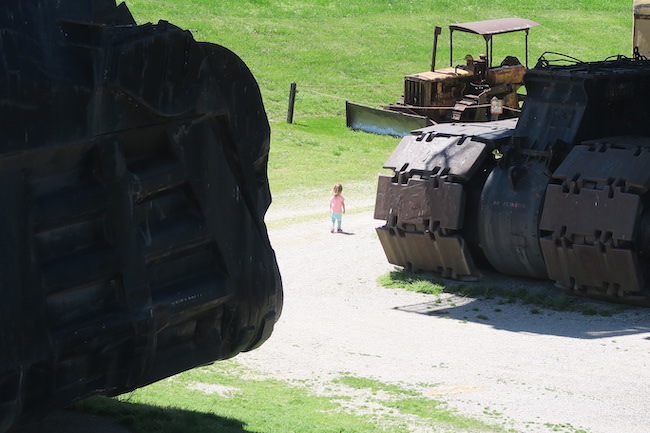
The museum is open all year, except on holidays. Visit Big Brutus Visitors’ Center online.

